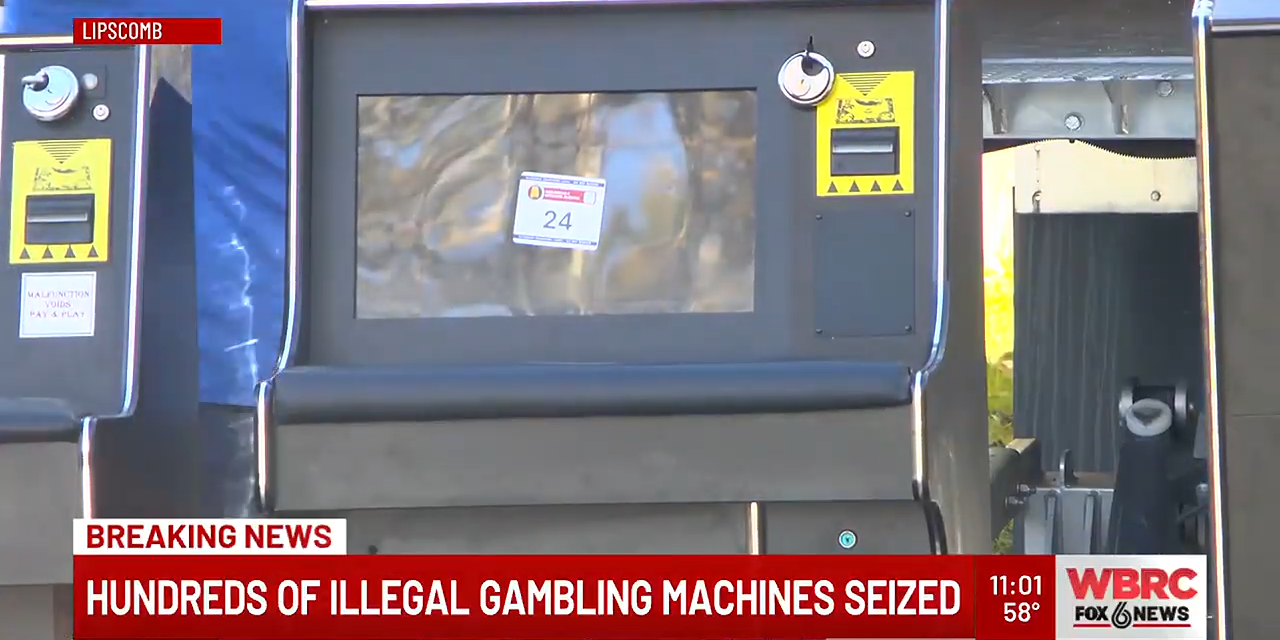Jobs
Stocks Tumble, Bonds Rally as Jobs Data Fuels Uncertainty on Wall Street
:max_bytes(150000):strip_icc()/GettyImages-2157295367-a428e45c9947435da5b15cfe45183d96.jpg)
Key Takeaways
- U.S. stocks slumped on Friday, with tech stocks leading the way, after jobs data disappointed Wall Street for the second consecutive month.
- The report offered investors little clarity on the pace of impending interest rate cuts by the Federal Reserve.
- Treasury yields fell as investors considering the possibility of a jumbo 50 basis-point rate cut at the Fed’s next meeting later this month.
U.S. stocks slumped on Friday after U.S. jobs data provided investors little clarity on either the health of the economy or the outlook for interest rate cuts.
The U.S. added 142,000 jobs in August, a rebound from July’s bleak print of 89,000 but still below economists’ expectations. The unemployment rate, which surprisingly jumped to 4.3% in July, ticked down to 4.2% last month.
Stocks tumbled after the report, with the Nasdaq Composite and S&P 500 giving up early gains to trade down about 2.6% and 1.7%, respectively, around midday. The Dow Jones Industrial Average, which traded in the green for the first 30 minutes of Friday’s session, gave up its gains to trade down 0.9%.
Tech stocks, which have been particularly volatile over the past month, were the biggest decliners Friday. AI darlings Super Micro Computer (SMCI) and Nvidia (NVDA) tumbled more than 5%. As investors shunned risk, the consumer staples, healthcare, and utilities sectors—replete with dividend payers known for holding up during recessions—were the market’s best performers.
A Replay of Early-August, Post-Jobs Report Swoon
Today’s is the second consecutive jobs report to trigger panic on Wall Street. Stocks sold off in early August after July’s report raised concerns that the economy was slipping into recession.
While Friday’s report was less dreary than its predecessor, it did little to clarify how much the Federal Reserve will cut interest rates later this month. The Fed has long been expected to cut interest rates gradually, by 25 basis points at a time, to avoid reigniting inflation. But the likelihood of larger cuts may have increased as evidence of a softening labor market has piled up.
Shortly after the employment numbers were released Friday, traders were pricing in about a 50% likelihood that the Fed would cut rates by 50 basis points this month, according to CME Group’s FedWatch Tool, which uses federal funds futures trading data to quantify rate cut expectations. The likelihood had fallen to around 30% by noon, but the discussion around how fast and deep the cuts should be has only intensified after Friday’s jobs report.
Treasurys Rally, Sending Yields Lower
Treasurys rallied, pushing yields lower. The yield on the 10-year Treasury, which is sensitive to interest rate expectations, jumped then fell then jumped again in the minutes after the data’s release. The yield was at 3.70% recently, after falling as low as 3.66%, its lowest level in more than a year.
The 2-year yield fell further, expanding the spread between it and the 10-year note. The gap between the two is a closely watched proxy for the yield curve, which inverted—meaning short-term debt yielded more than long-term debt—in July 2022. Only in the last few days has the curve flirted with sustainably reverting to its normal state as economic data and dovish positioning by the Fed have nudged interest rate forecasts lower.
Though, to many on Wall Street, the yield curve’s steepening doesn’t necessarily mean the U.S. economy is out of the woods.
“The historic precedent isn’t particularly favourable on this front,” wrote Deutsche Bank analyst Jim Reid in a note Thursday, “as in previous cycles the final stage before the recession was actually a re-steepening of the curve back into positive territory.”










